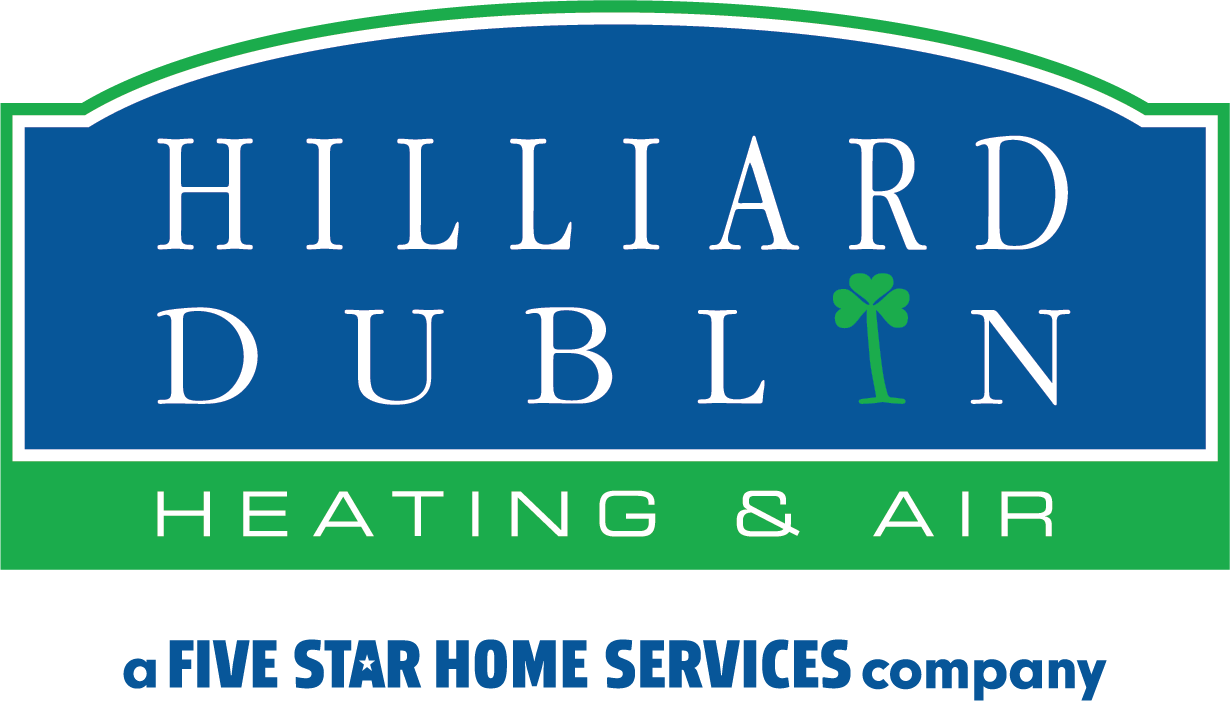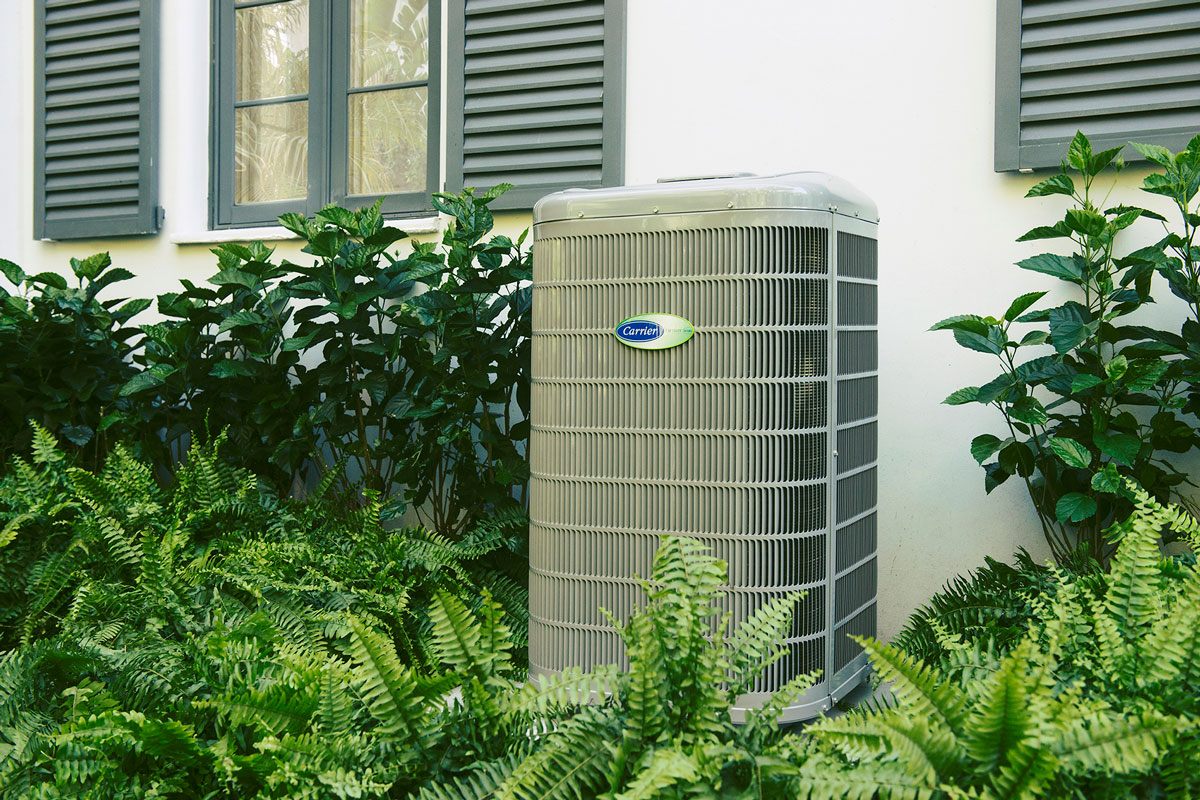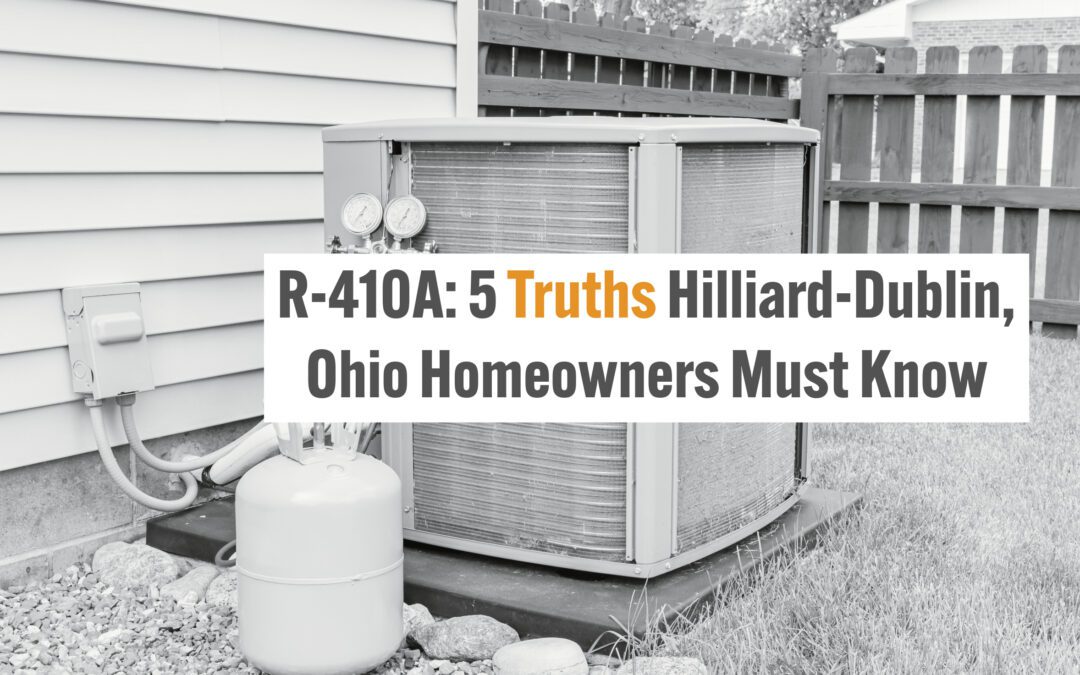Although central air conditioners differ from system to system, they all work on similar principles.
In this guide, we will address how central air conditioners work, as well as potential problems you may encounter.
Included among the components that make up a central air system is a condensing unit which is situated outside the home. The condensing unit contains the condenser fan motor, the air conditioner condenser coils, and the compressor.
Evaporator Coils
The evaporator coils (or cooling coils) are situated inside the home and are mounted atop a furnace or air handler. The furnace or air handler uses a circulation blower fan to draw air through the returned vent, blow it past the evaporator coils, and force the air through the home’s venting. The room air is then drawn back through the returns and the airflow cycle continues.
Once the room air has cooled adequately, the wall thermostat signals the circulation blower fan and condensing unit to turn off, until the room temperature increases.
This process can be broken down into three main factors
- temperature control
- cooling and
- air circulation
Temperature Control
The temperature in the home is regulated by the wall thermostat. The thermostat can be powered by the furnace control board, or by internal batteries. The thermostat must be in a central location in the house, positioned at eye level, and away from direct sunlight for proper temperature regulation.
Cooling
When the thermostat detects an increase in temperature, it closes the cooling circuit, allowing voltage to travel to the control board. The control board uses a time sequence to send 120 volts of alternating current to the circulation blower fan motor in the furnace, and 24 volts to the condensing unit contactor. When the condensing unit contactor is energized, it allows 240 volts to flow through a nearby disconnect box to the compressor and condenser fan motor.
The disconnect box, which offers a way to turn off power to the condensing unit outdoors, includes a cartridge which may contain fuses. The disconnect box fuses can be tested for continuity to determine if a continuous electrical path is present if the compressor and condenser fan motor fail to work.
The compressor acts as a pump, compressing refrigerant in gas form into the condenser coils, where the gas is condensed into a hot liquid. The condenser coils dissipate the heat as the liquid travels through them, and a fan is used to assist the coils in this process.
Once the refrigerant has passed through the condenser coils, it travels to the evaporator coils located on the furnace or air handler. As the refrigerant liquid enters the coils, it expands into a gas, which makes the coils cold.
The humidity in the air condenses on the cold evaporator coils and drips down into a set of collection trays. The trays are connected to either a condensate pump or a floor drain.
It’s important to keep the condenser clear. The heat will not be dissipated properly and the system will not function efficiently if leaves or other particles clog the coils. You can use a regular garden hose to clean the condenser by spraying the coils from the inside.
Air Circulation
The most important factor in efficient operation is air flow. To ensure proper air flow, the air filter should be checked once a month, and replaced as needed.
There are several varieties of filters readily available, and range from one to five inches thick. The filter can be installed into the slot in the return or in an air cleaner. Some homes will have an electronic air filter which is powered by the furnace or air handler control board.
When the circulation blower fan switches on, the blower fan motor can run at multiple speeds to improve efficiency. When the furnace is heating and higher speeds (1220 CFM) are used for air conditioning, lower speeds (750 CFM) are used.
If the circulation blower fan becomes noisy during use, the set screw on the blower wheel may have loosened, causing the wheel to wobble on the motor shaft. You can fix this problem by tightening or replacing the screw, or replacing the blower wheel altogether.
The Benefit of Routine Maintenance
We recommend having your AC system checked out yearly to ensure most efficient operation. We’ll see little problems before they become big ones, saving you money and troubles. Because your system will run more efficiently, an added bonus is you’ll save energy. Learn more about the important of keeping your central air conditioning in shape here.
When it’s time to schedule routine maintenance for your home’s AC system, or your system isn’t cooling as effectively as it should, call New Albany’s best HVAC contractor by phone at (614) 490-7520 and ask for our AC Tune-Up and Checkout Service. Or schedule a visit using our convenient Schedule Now page.






